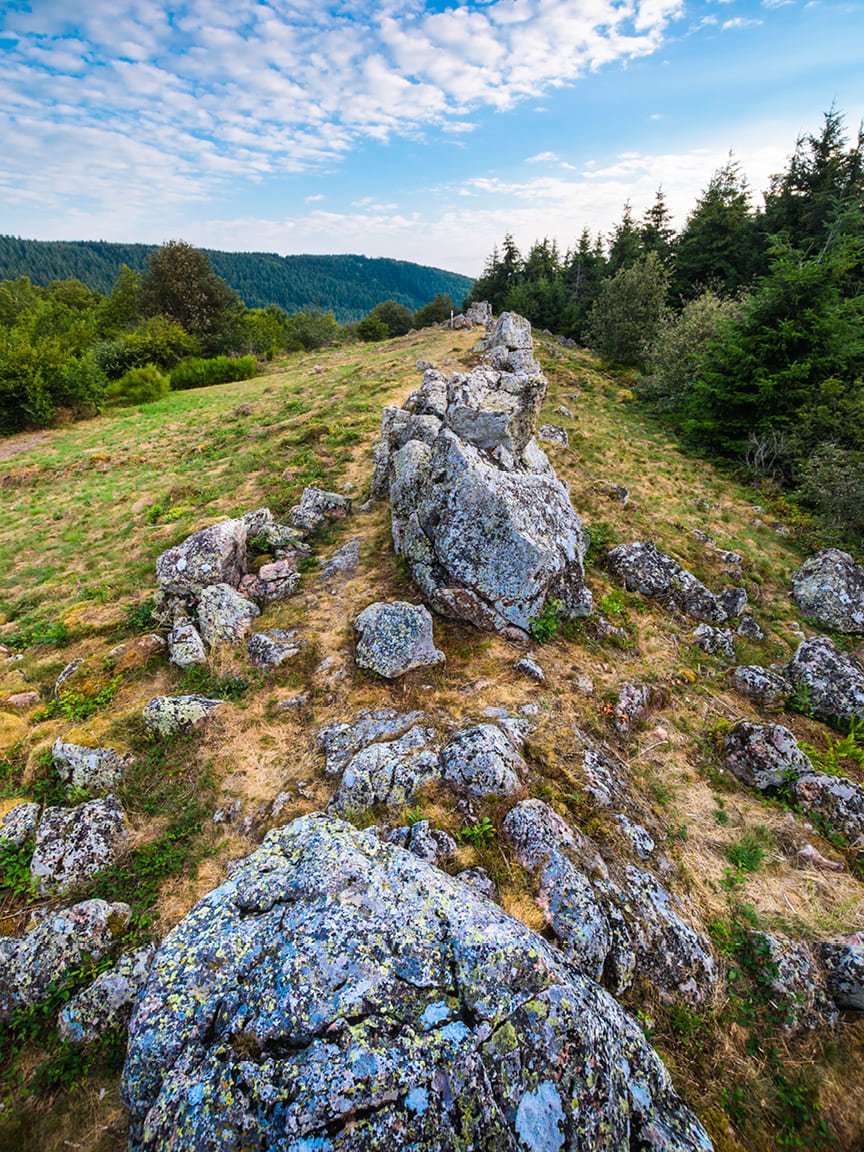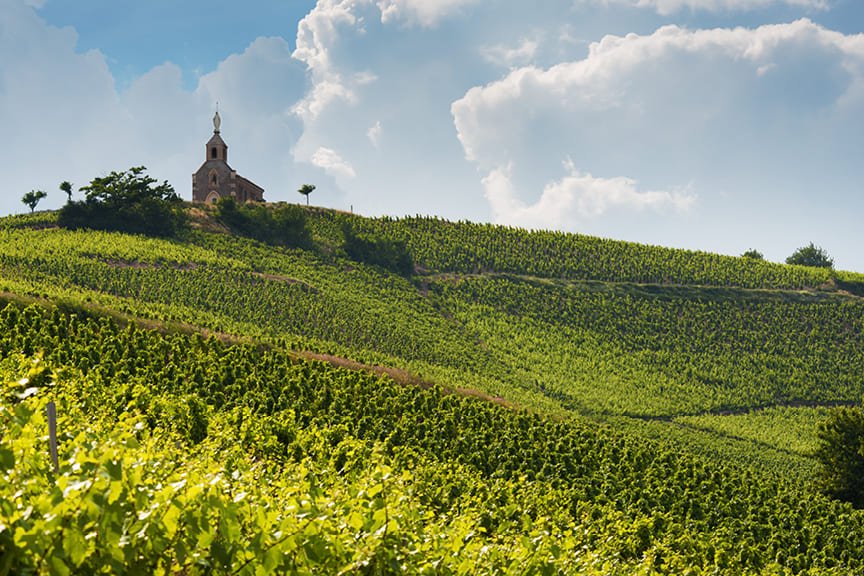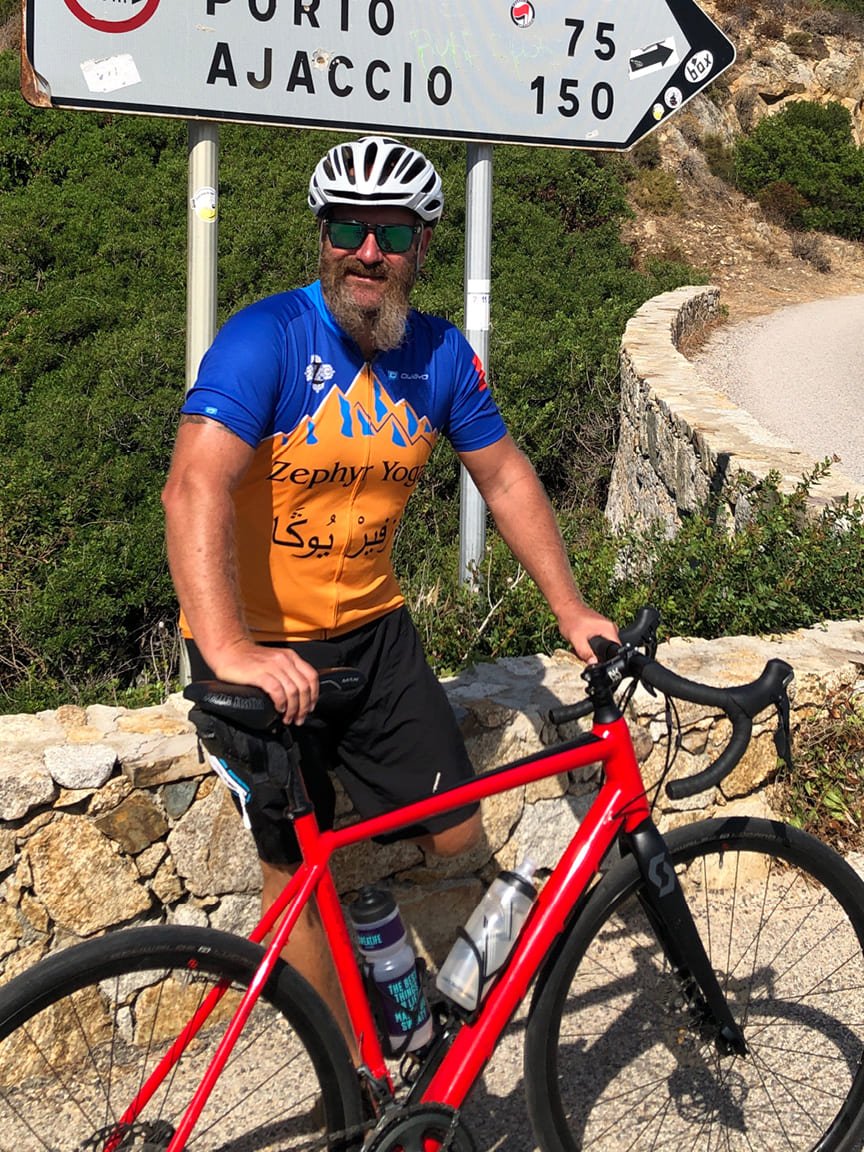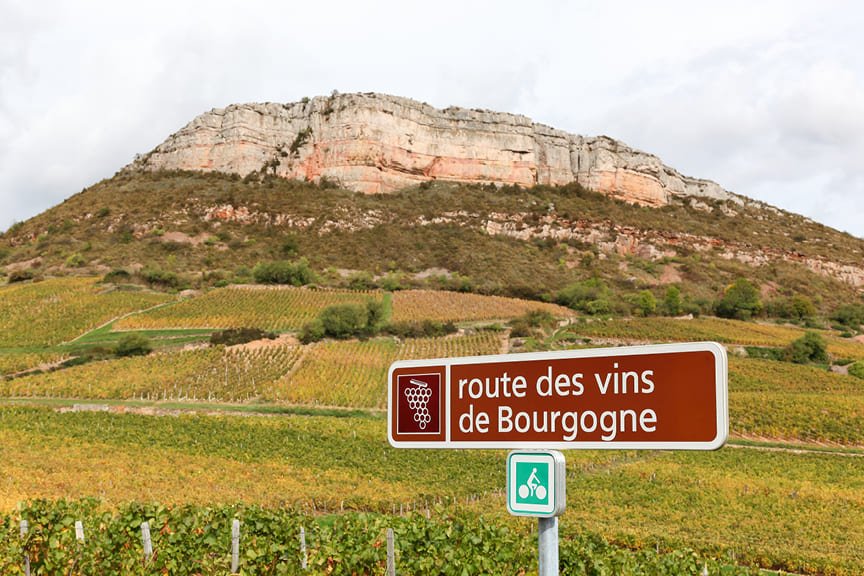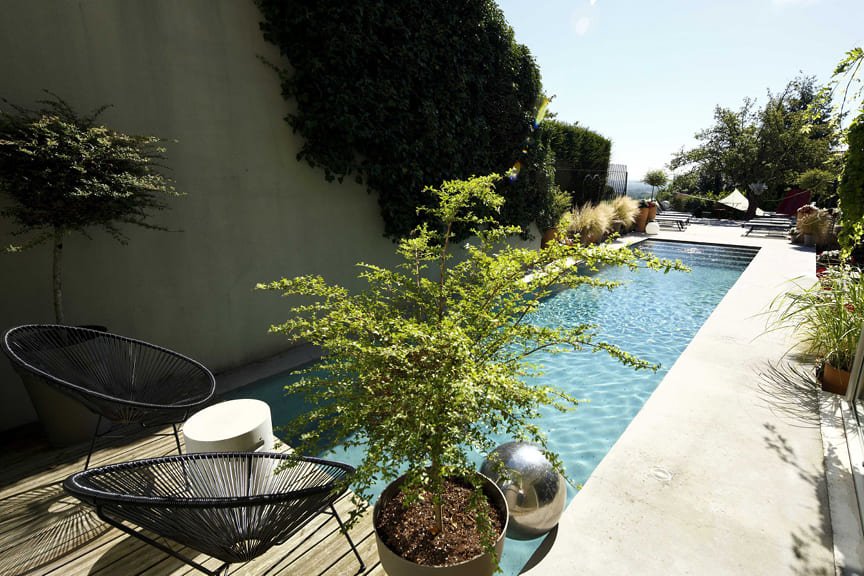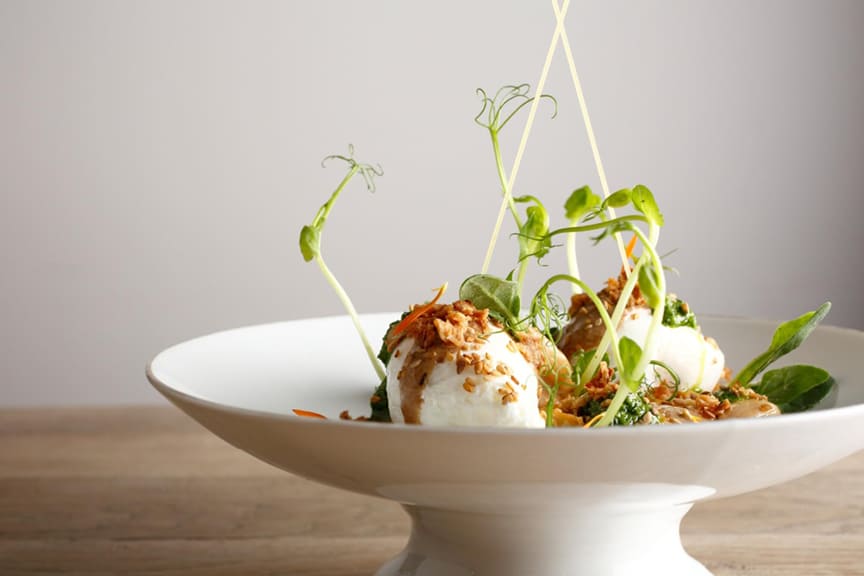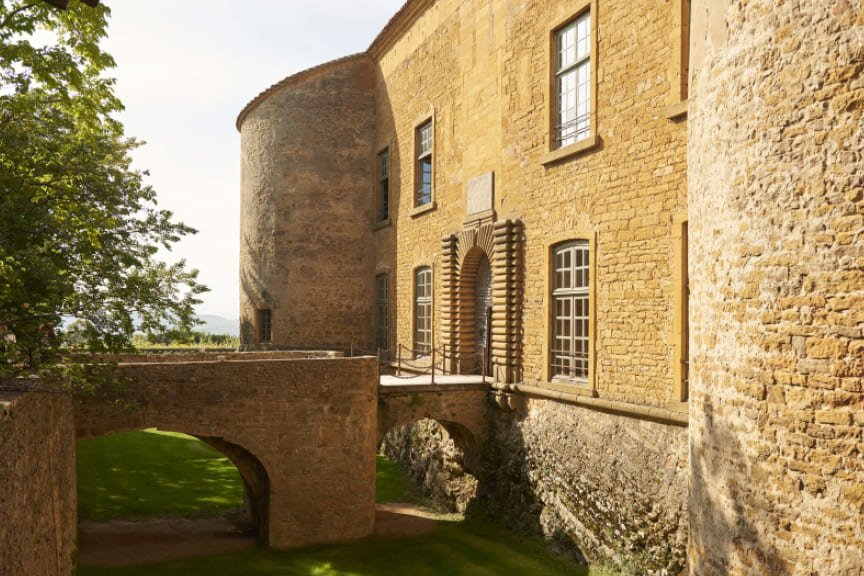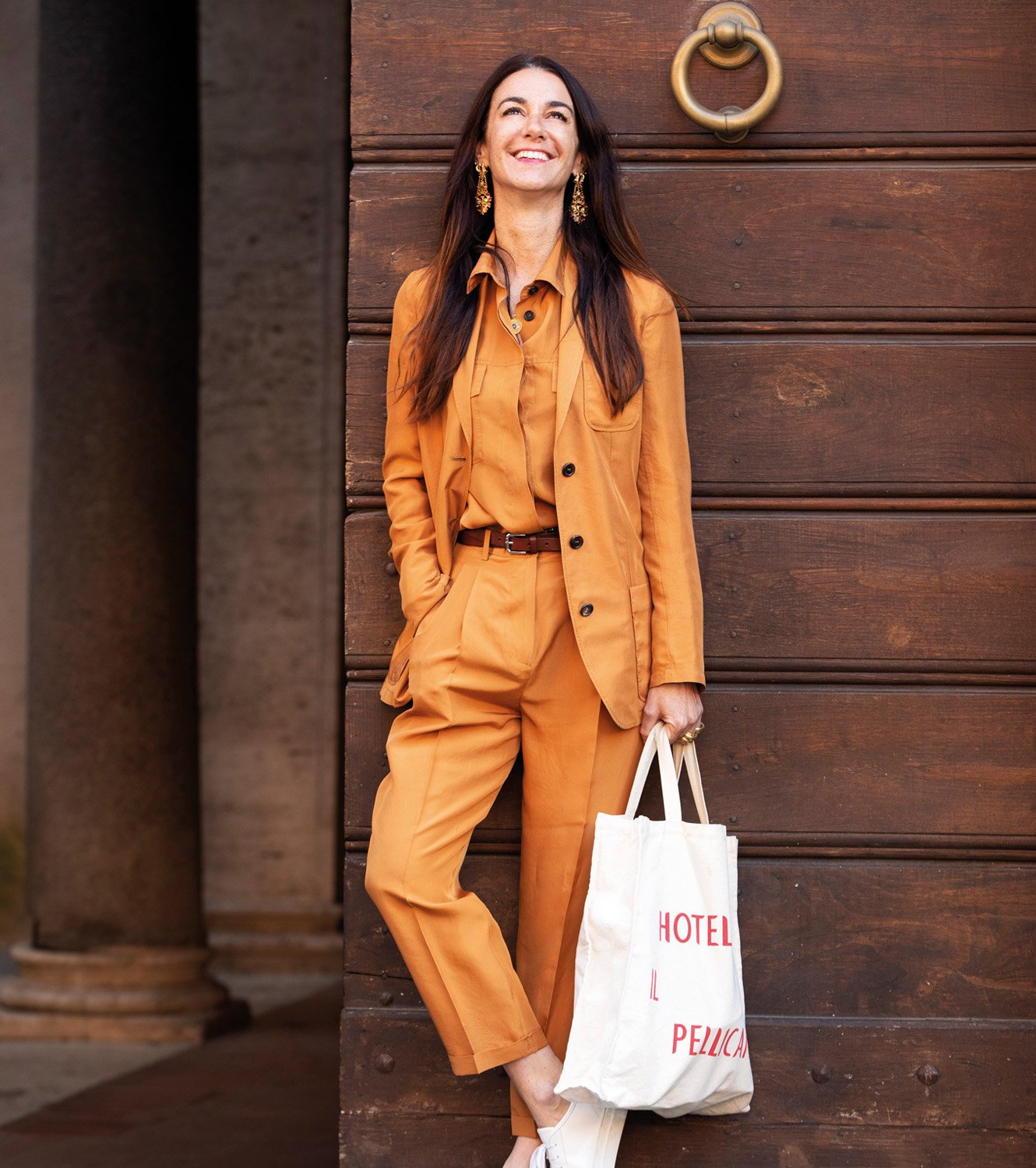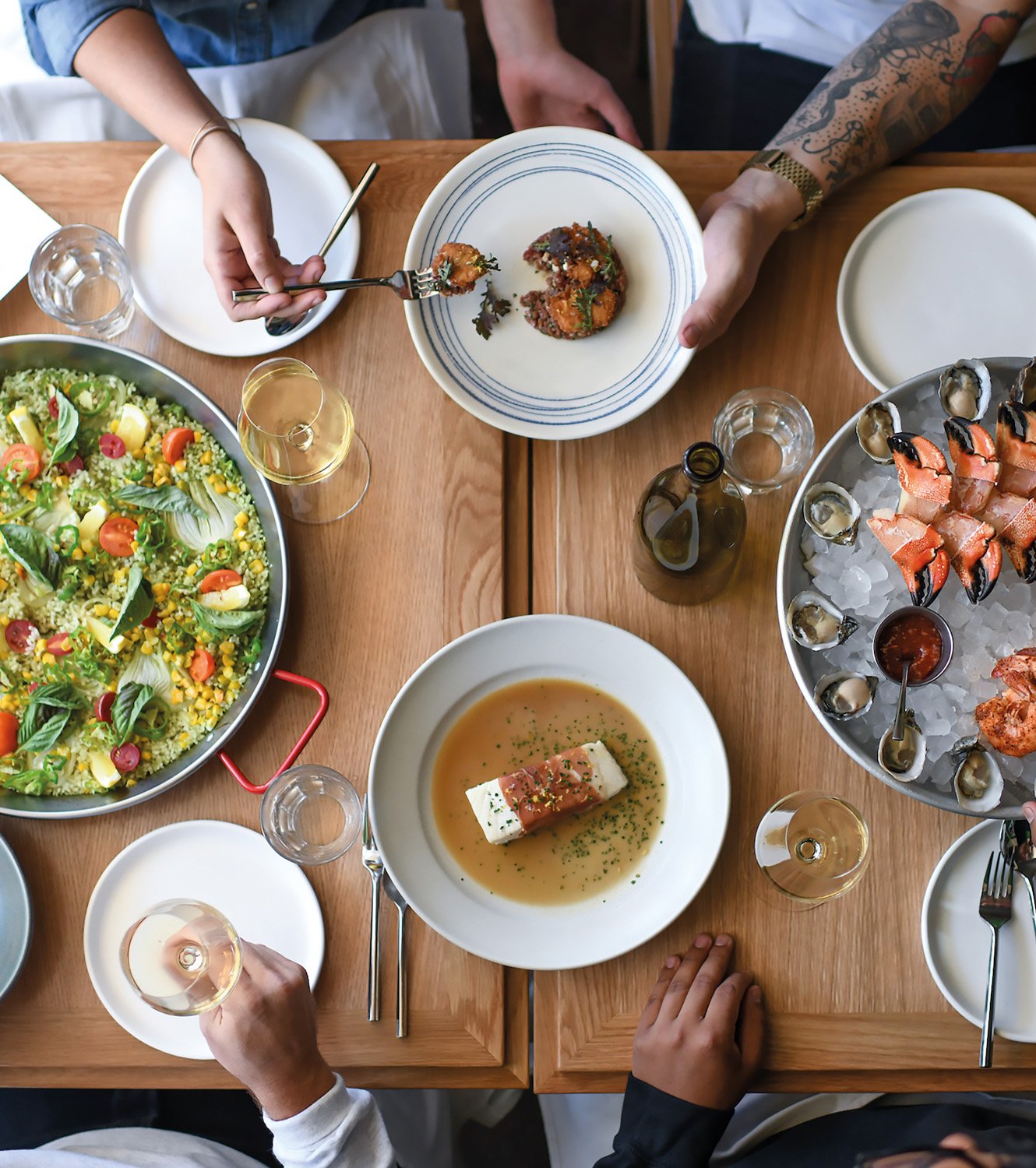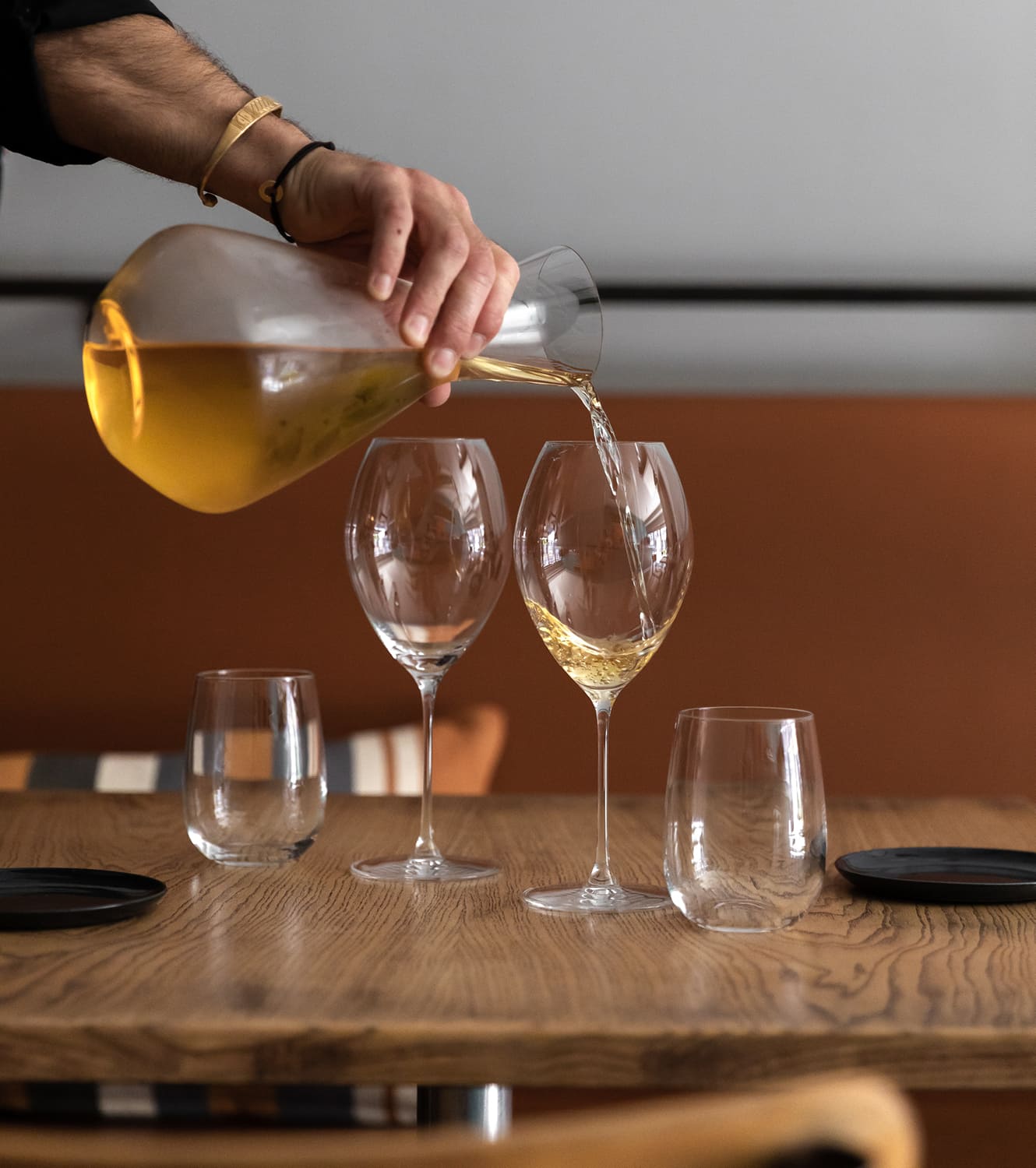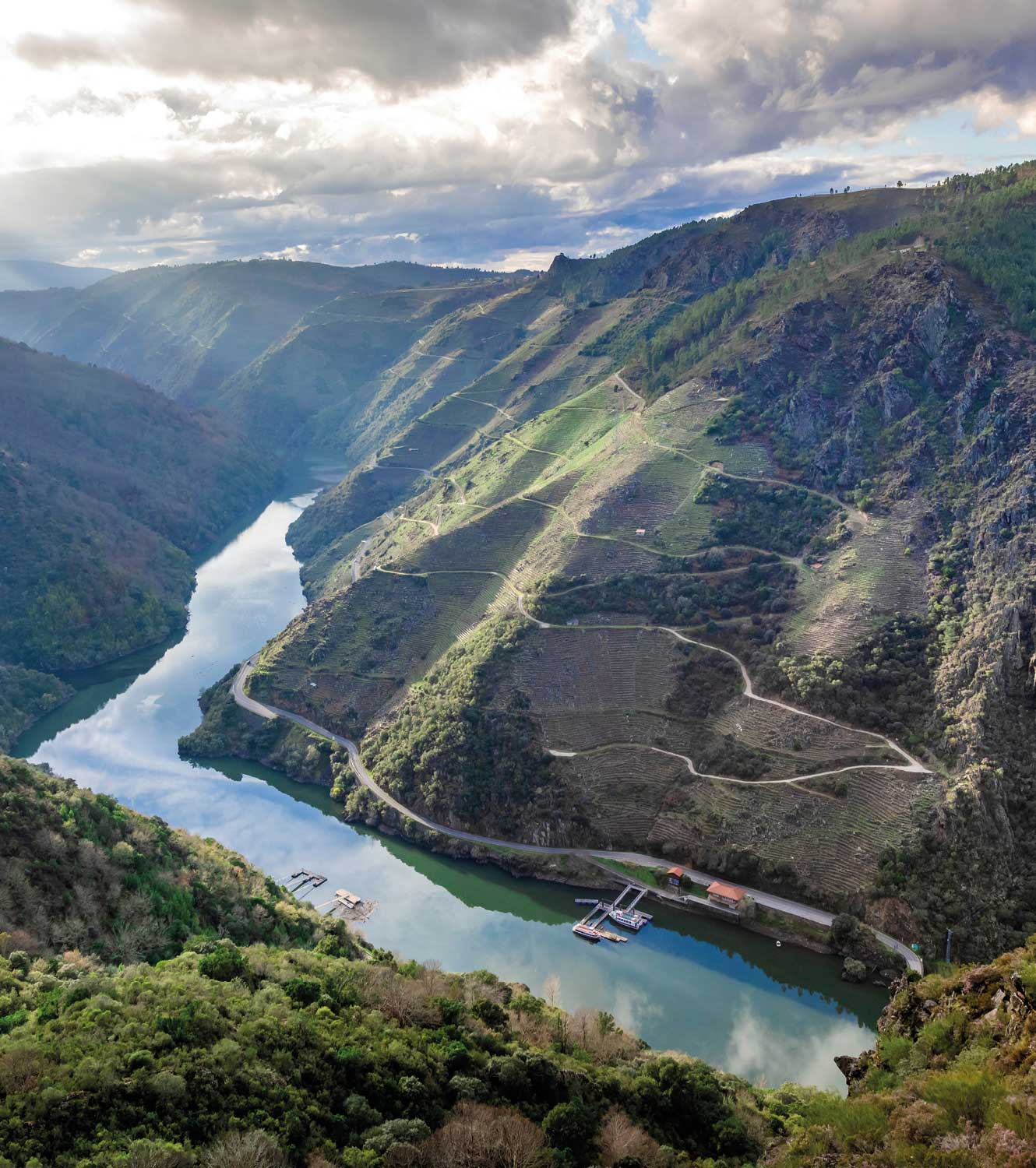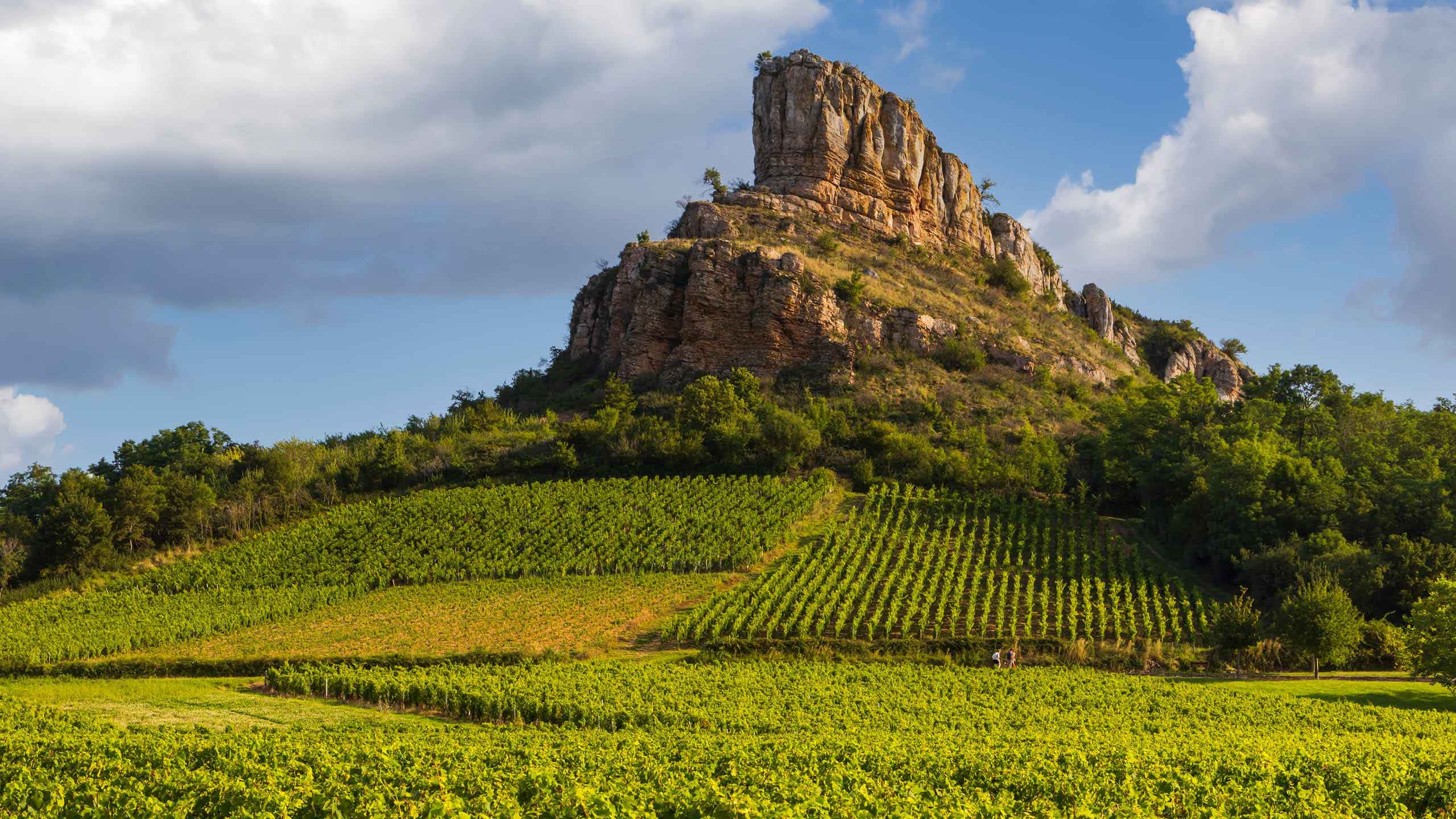
THE SLOW ROAD
There’s no better way to enjoy the Beaujolais’ wines and gastronomy than on a leisurely two-wheel tour of the region’s hilltop vineyards and historic villages, writes Christian Robertson
There is an unspoken understanding amongst wine lovers snapping selfies along a particularly famous wall in Vosne-Romanée. The same opinion is held with those stopping to peek through the gates of the enclosed Le Montrachet – a belief that there is nothing to see beyond Santenay. Sure, there are plenty of vineyards if you continue south into Rully or Givry, but for some reason, it’s where the passion and intrigue end. The demarcation line is set in Santenay.
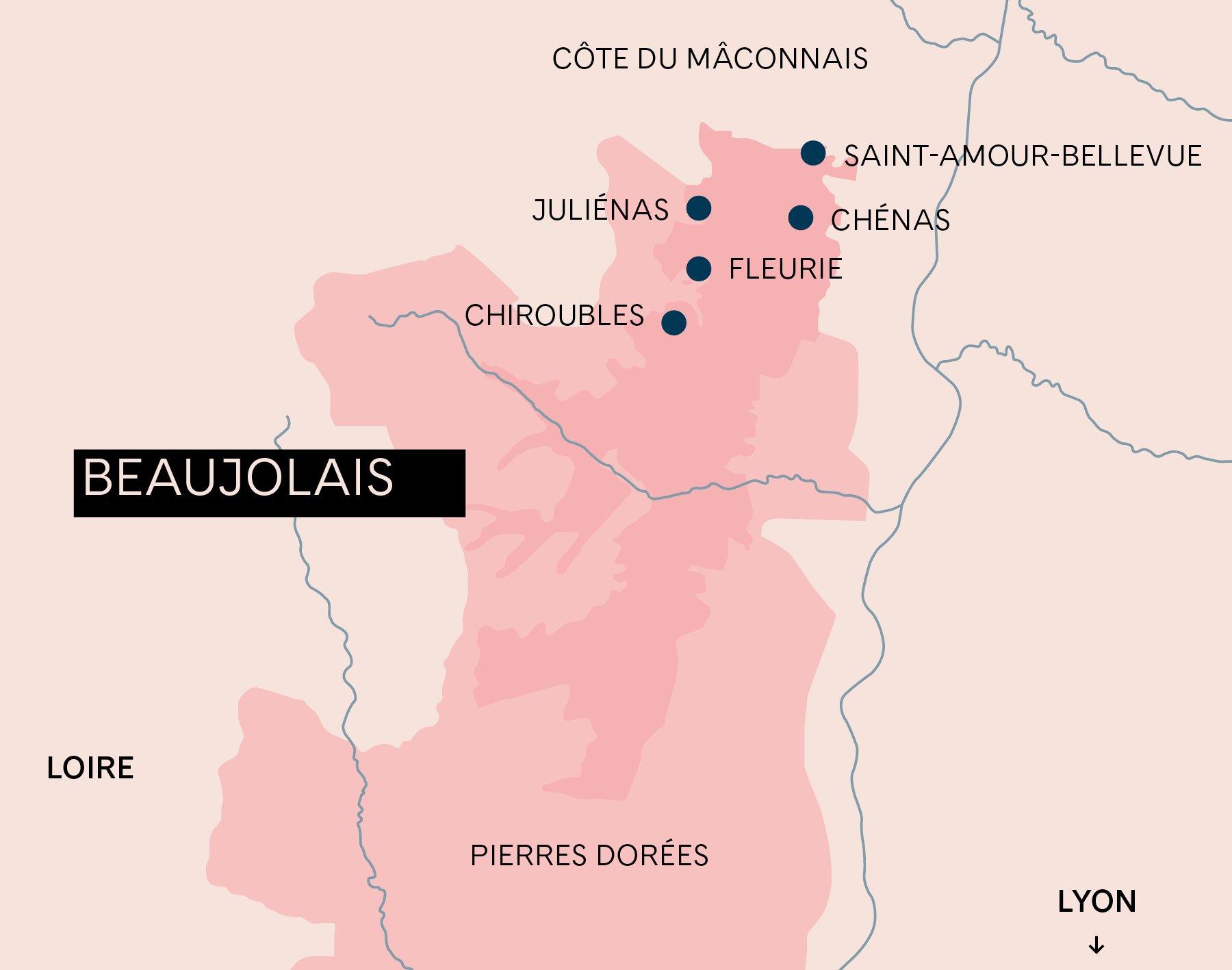
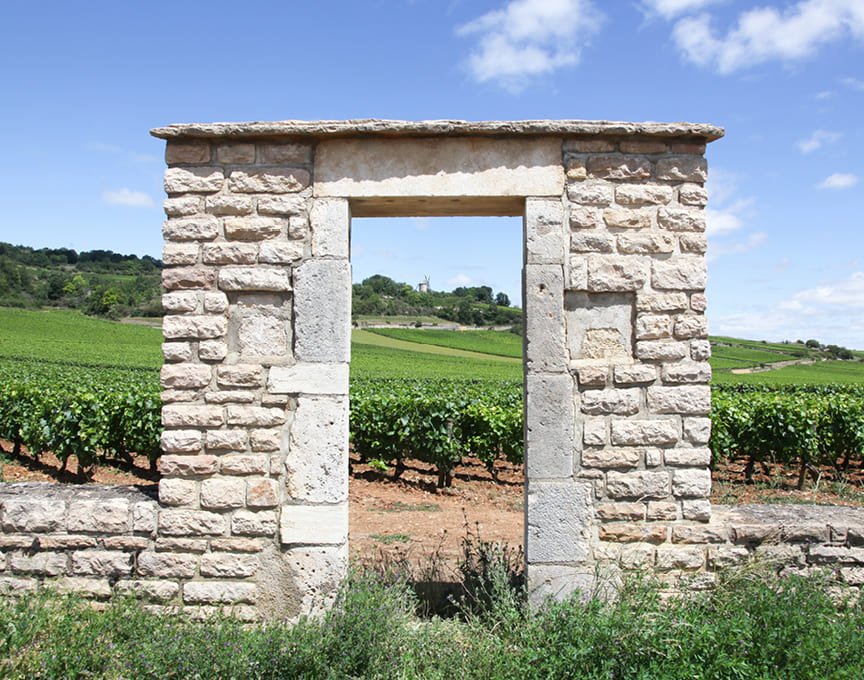
For Pinot Noir devotees and wine-pilgrims, it is the last village of note heading south on the fabled Route des Grand Crus (D974) in Burgundy. And so it is understood: a pilgrimage to the centre of the universe for Pinot Noir and Chardonnay ends in Santenay. The end of the road. Like the Napa Valley, perhaps every wine region in the world has its own Calistoga.
Or perhaps, it had a bit more to do with Philip the Bold, Duke of Burgundy. His edict in 1395 eradicated a “very bad and disloyal variety” of grapes, creating a boundary line that Pinot-philes do not cross. However, a particular type of wine pilgrim, the cyclist wine pilgrim who loves Lycra and doesn’t need their Crus to be Grand, is at home amongst the steep hills south of Santenay. The approachable and unpretentious wines leave the rider/pilgrim with merely one quandary – to Cru or not to Cru.
And so, to embrace the summer season, here is a suggested wine tour for those in funny tippy-tappy shoes and bright coloured Spandex. It is a way to see wine-country via the slower path through the vineyards and imbibe its produce with a bit more stamina at lunch time. Taking time for pleasure in both food and wine, while also looking forward to the afternoon’s arduous climb, the descent and then a great meal at the end of the day.
Our Tour du Beaujolais begins in the village of Saint-Amour-Bellevue. A warm-up day for a two-wheeled adventure pays homage to the Chardonnay grape with a venture north into the Côte du Mâconnais and the famed villages of Vergisson and Fuissé. After a climb through the pine-topped foothills west of Beaujolais, turn east and descend through the pointed escarpment remnants of the Côte d’Or. The Roche de Solutré makes a stunning backdrop for lunch and a glass or two of famed Pouilly-Fuissé.
From Saint-Amour you can also choose to ride through four Crus in one day and have time for a hilltop terraced lunch. After a climb through Juliénas into the hills above Chiroubles, you can find the perfect spot for a midday meal. Take time and enjoy the sunshine while sampling wines produced from some of the highest vines in Beaujolais. The steep slopes and exposed granite of the Massif Central produce very delicate and perfumed wines famous to this Cru. A breathtaking view across to Mont Blanc, and Lyon to the south, and perhaps a few slices of rosette de Lyon saucisson on your plate, will make a postcard-perfect backdrop and reward for the day’s ride. Descend back through Fleurie and on to Chénas before returning to Saint-Amour.
Fifty miles south of Saint-Amour, in an area called Pierres Dorées (golden stones), begins phase two of your Tour. Here the stone buildings and colour of the soil amongst the vines have, as the name implies, turned the backdrop gold against the green vines. You are now just outside of the gastronomic capital of France, Lyon, so the midday meals fuelling your pedalling progress can involve a Michelin star or two or be a quaint farm-to-table (ferme auberge) establishment where you are, with sincere French hospitality, most welcome in Spandex and tippy-tappy shoes. France, as a nation, loves cyclists and has displayed that love by seemingly paving every rural track through wine country.
No Crus in this part of Beaujolais. This is where the ubiquitous Beaujolais AOC wines come from, but what the area may lack in complexity of wine, it makes up for in cuisine, architecture and cycle terrain. This is where the wealthy Lyonnais merchants and traders built their summer homes and palaces just outside of the city. As a historic crossroads of trade and a stone’s throw from the main agricultural region of the Loire, it is also a bit of an insider’s area to the best food in France.
Two nights in the Pierres Dorées brings your tour to an end. Having sampled the wines, enjoyed endless routes through the vineyards and fuelled your journey with a new collection of Michelin stars, you might become one of the few wine pilgrims that could argue that the road, south of Santenay, keeps on going.
Banner image: The towering Roche du Solutré. Christian Robertson and his cycle route through his "Tour du Beaujolais". The region is known as the land of golden stones (Pierres Dorées)
The Camille room, swimming pool and a garden-fresh dish at the Auberge du Paradis in Saint-Amour. The five-star Château de Bagnols hotel and spa comes with a moat and manicured gardens

WHERE TO STAY
Auberge du Paradis, Saint-Amour
Located in the heart of the village, this auberge has 12 beautifully decorated rooms and one well-appointed apartment. Cyril Laugier and his wife Valérie run the beautiful boutique hotel, which comes with a swimming pool and two restaurants (see below).
Château de Bagnols, Pierres Dorées
This Relais & Châteaux property and restaurant (see below) is set in a restored 13th-century fortress built out of the golden stones which give the area its name. Stay in one of the castle suites, or more fittingly for your journey, the Chai (wine cellar) Suite.
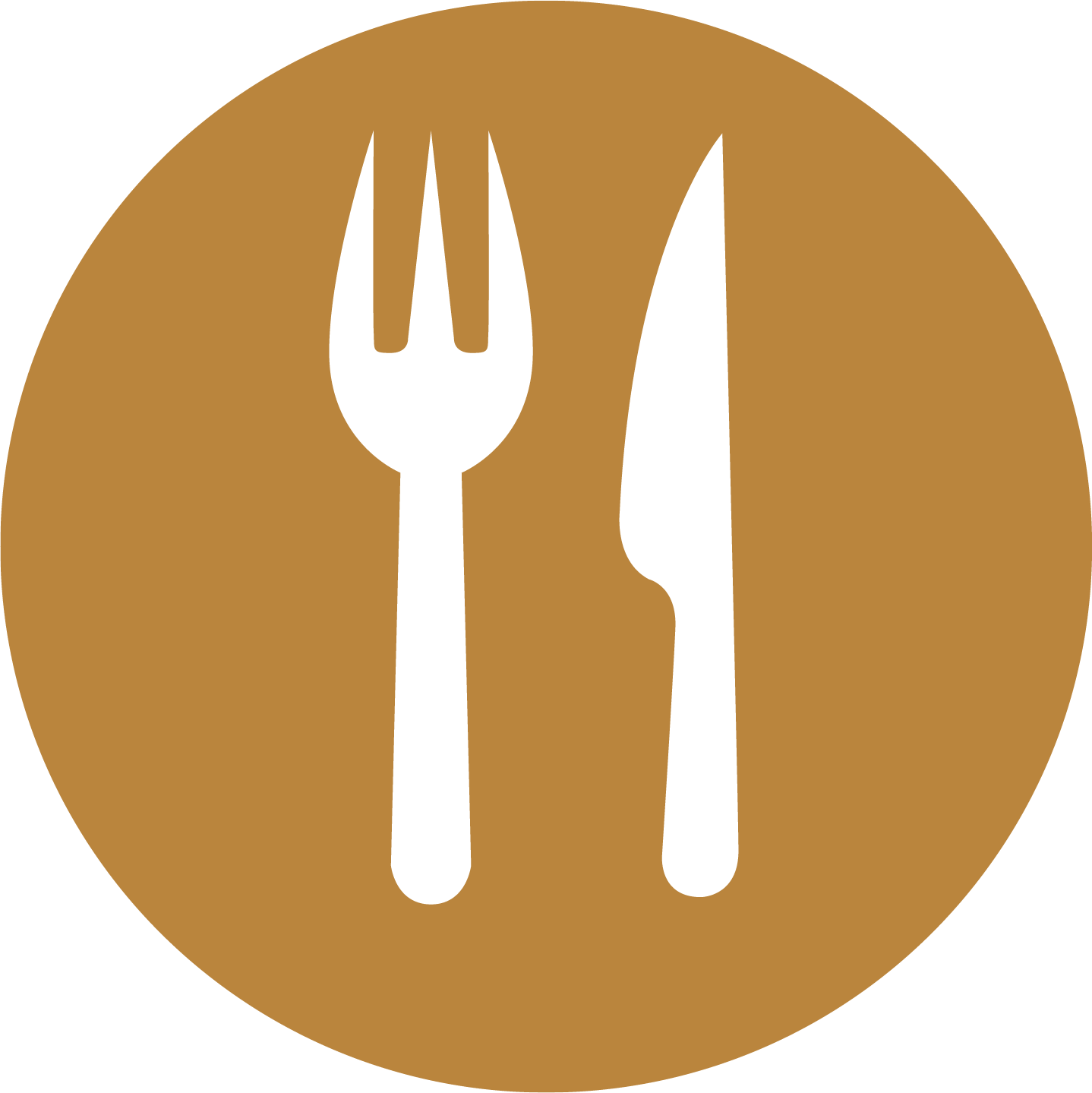
WHERE TO EAT
Vergisson
The Auberge des 2 Roches has great food – think homemade pâté, salade Vigneronne with eggs poached in wine, crême brûlée – and a beautiful terrace for a stop along your ride.
Fuissé
L'O des Vignes by local chef Sébastien Chambru is a Michelin-starred restaurant and bistro with an adjoining wine bar serving wine by the glass.
Fleurie
A Beaujolais institution founded over 50 years ago by Chantal Chagny, the Auberge du Cep is a one-Michelin-starred restaurant located on the main square of this famed Cru village.
Chiroubles
La Terrasse du Beaujolais has panoramic views on the hillside overlooking the vineyards. It serves simple French food and delicious cakes.
Saint-Amour-Bellevue
The Auberge du Paradis' casual wine bar Joséphine à Table and restaurant Lucienne Fait des Siennes share a patio in the beautiful village of Saint-Amour.
Pierres Dorées
La Ferme du Chapi is a family-run restaurant with meals cooked entirely of products from their farm. Meanwhile the Château de Bagnols’ 1217 restaurant benefits from a spectacular historic setting, with a monumental fireplace inside, and sweeping views in the garden.
For route options and bike rental, see destination-beaujolais.com and Bourgogne Randonées in Beaune.
Photography ©iStock by Getty images, Auberge du Paradis, Château de Bagnols
We recommend
MARIE-LOUISE SCIÒ’S SECRET ITALY
The creative director of Pellicano Hotels and founder of Issimo is on a journey to spread her personal brand of Italianness, with a high sprinkling of sprezzatura. Here, she opens her little black book and shares with us some of her favorite spots around the country
SIPPING IN THE SUNSHINE
When in California, it’s best to go nowhere fast, suggests Jillian Anthony. Take a leisurely road trip from LA to Santa Cruz, then stop off at Napa for a heavy pour of wine country
DISCOVER THE INVENTIVE FOOD AND WINE SCENES IN EUROPE’S SECOND CITIES
European capitals can sometimes steal away from the second cities’ limelight, yet it’s often in these urban settings where the most inventive food and wine culture flourishes, reports William Hersey
THE STEEPER THE BETTER
Some of Europe’s steepest and most labor-intensive vineyards produce wine as spectacular as the scenery, writes Will Hersey
